metal
Latest
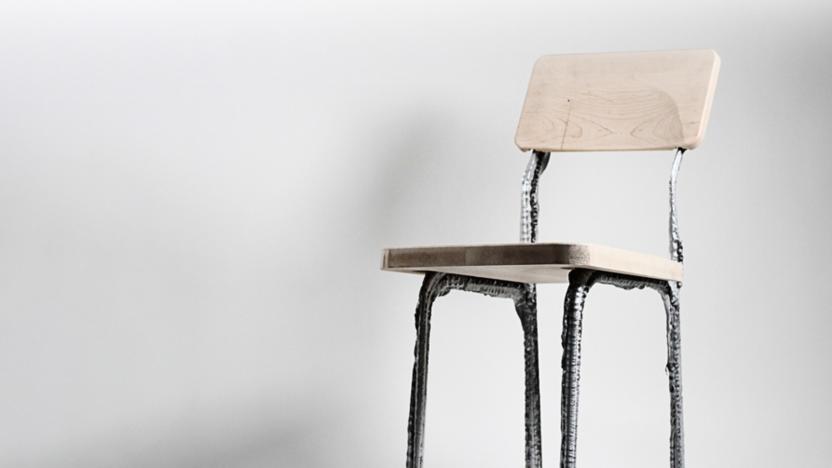
MIT researchers have developed a rapid 3D-printing technique that uses liquid metal
Researchers at MIT have developed a rapid 3D-printing technique that uses liquid metal instead of polymer resin. This process allows for the complete creation of large aluminum parts, such as chair frames, in minutes.

MetalFX is Apple's take on upscaling tech for games
'Resident Evil Village,' 'Grid Legends' and 'No Man's Sky' are all coming to Mac.

What we're listening to: Big|Brave and Beloved
In this installment of our audio IRL, managing editor Terrence O'Brien sings... er, types the praises of a band and a genre that isn't for everyone. Senior news editor Billy Steele gets nostalgic for his glory days as one of his favorite bands is back together.
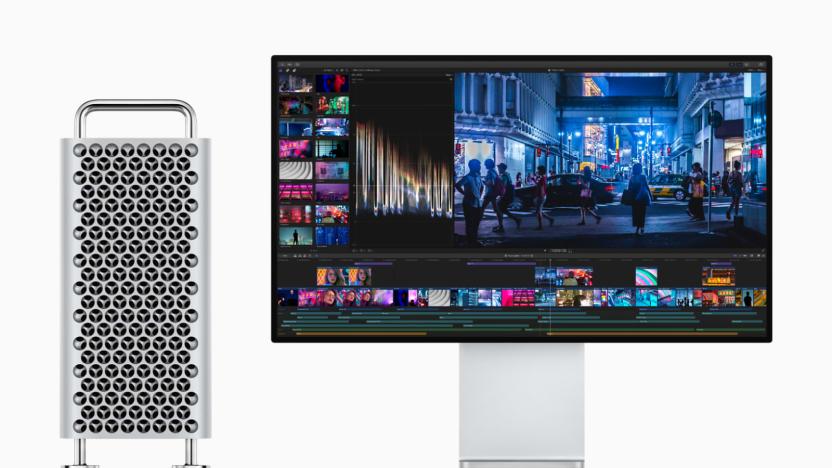
Final Cut Pro X gets a speed boost through Apple's Metal
The latest Final Cut Pro X update, released today, takes advantage of Apple's Metal API to provide leaps in performance. With a new Metal-based engine, the updated Final Cut Pro X improves playback and accelerates tasks like rendering, real-time effects and exporting on Metal-compatible Macs. According to Apple, the changes will make video editing 20 percent faster on the 15-inch MacBook Pro and 35 percent faster on the iMac Pro.

'The Sims 4' will stop supporting 32-bit PCs in June
We hope you weren't determined to run The Sims 4 on the same PC you had when it came out in 2014. The developers have warned that the life simulator will end support for 32-bit operating systems and non-Metal Macs in June 2019. Simply put, it's about "growing, improving and optimizing the game." And for Mac users, it's virtually necessary. Apple started deprecating OpenGL visuals as of macOS Mojave, and Metal is the only way EA can guarantee cutting-edge performance and features going forward.

iMovie gets some attention with an iPhone X-ready update
After a few months without updates, Apple has shown some attention to the mobile version of its free iMovie video editor with a new update. It's now fully compatible with the iPhone X's Super Retina Display (and that notch), and according to the notes, finally takes advantage of the Metal API for direct access to your iPhone GPU. Unfortunately, judging by a few early reports, that doesn't seem to do much for video rendering time, but maybe there are benefits that just haven't been uncovered yet.
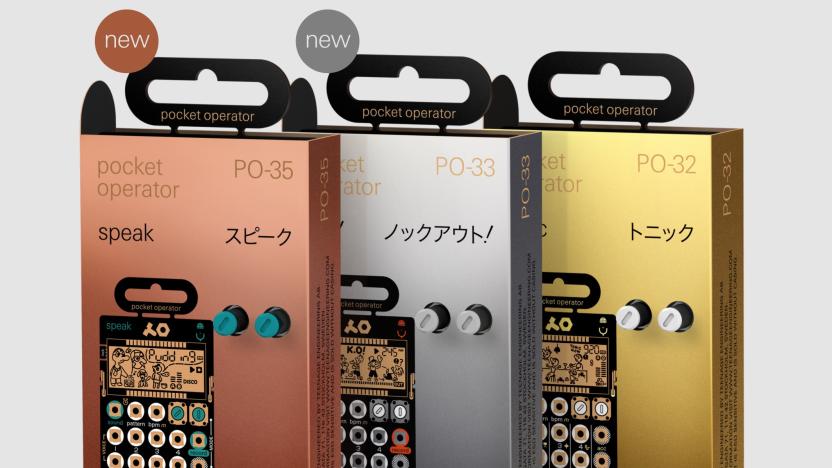
Teenage Engineering adds vocal and sampler options to pocket synth line
We've been massive fans of Teenage Engineering's affordable pocket-sized synthesizers since their debut. The company has added new, more capable models over the last couple of years, too, adding more sounds to individual units and import/export capabilities. They've always come in at an impulse-friendly $60, though, until now. The new additions to the metal series — the PO-33 K.O! sampler and the PO-35 vocal sampler — not only come in silver- and copper-colored boxes, but they now cost a less-budget conscious $90.
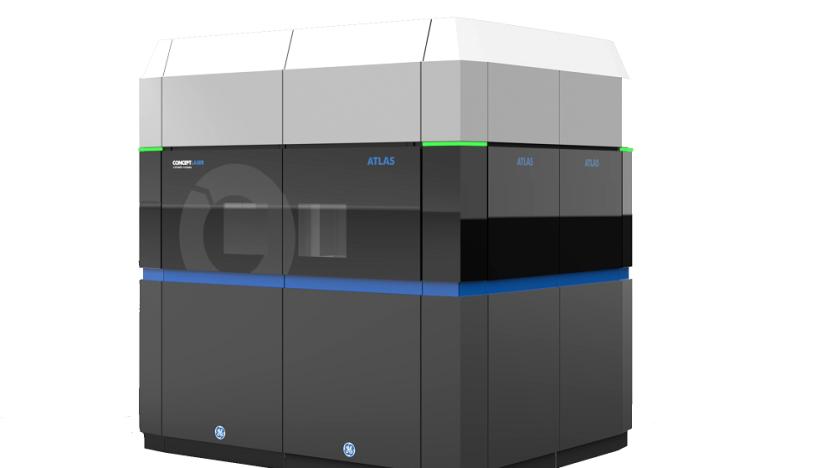
GE’s huge 3D metal printer makes aircraft parts
GE has unveiled its previously-announced 3D metal printer, suitable for making aircraft parts. At the manufacturing trade show formnext in Germany, the GE Additive team revealed the as-yet-unnamed machine, demonstrating its ability to print parts as large as 1 meter in diameter directly from a computer file. Using additive manufacturing technology, the machine fuses together thin layers of metal powder with a 1-kilowatt laser.

GE is working on a massive 3D printer for jet engine parts
3D printing is coming of age in numerous ways. On a large scale, MIT researchers built a 50-foot-wide, 12-foot tall igloo in just 13 hours. They've also debuted the first completely 3D-printed rocket engine. On a much smaller level, our own Sean Buckley printed a little d-pad for his Nintendo Switch, while medical researchers have produced a 3D-printed patch that can heal scarred heart tissue. Now we're seeing this technology coming to the industrial world with a new laser-powered metal 3D printer from GE.
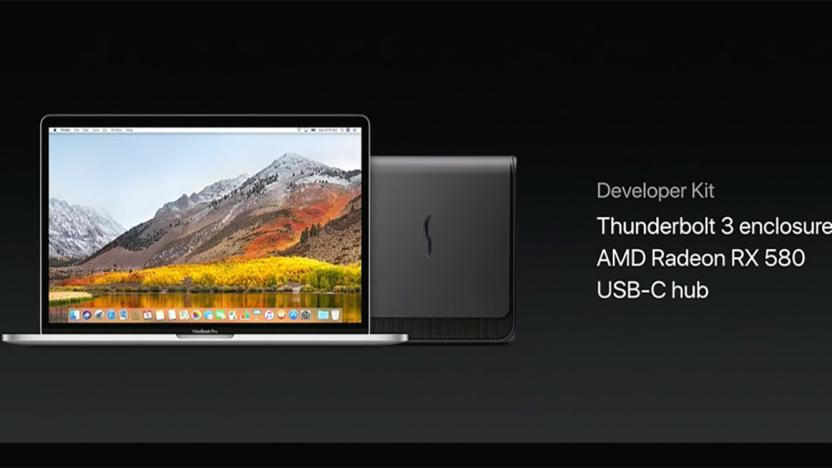
macOS finally supports VR
Until now the only way to run a high-end VR system on a Mac was by booting into Windows, but that didn't solve the fact that Apple had yet to offer a GPU option that was actually good enough for VR. The next best thing was to plug in your desired NVIDIA card via an external enclosure like the Razer Core, but you'd still be stuck with Windows. Thankfully, Apple has finally decided to take matters into its own hands by adding VR graphics support to the upcoming macOS High Sierra due this fall, and it's also offering a Thunderbolt 3 external GPU dev kit as of today at WWDC.

First hydrogen metal created on Earth draws critical doubt
Scientists from Harvard University say they've ended an 80-year quest by compressing hydrogen into a potentially superconducting metal. Using a diamond-tipped anvil, the team squeezed a hydrogen gas sample to 71 million PSI, more than the pressure at the Earth's core. "It's the first-ever sample of metallic hydrogen on Earth, so ... you're looking at something that's never existed before," says research lead Isaac Silvera. However, other scientists have reservations, saying it's possible the solid material they created (pictured above) is actually aluminum oxide that came from the anvil's diamond tips.

3D-printed ceramics and metals might finally arrive this year
Remember 3D printing? A couple years ago it was hotly tipped to revolutionize manufacturing, since you could have a whole factory in your home! Except, really, it wouldn't, because spending hundreds or thousands of dollars on a box to make cute plastic doodads wasn't really what most folks wanted. A few years later, having a 3D printer at home is still generally unnecessary, but that may change, and soon. Ish.

3Doodler's new pro pen 3D prints in wood and metal
Once the hottest thing in gadgetry, 3D printers have become less buzzy as folks tire of ABS figurines. 3Doodler is trying to shake things up a bit with its 3Doodler Pro, a freehand pen that can print with materials containing real wood, copper and bronze. It doesn't melt copper, obviously, but 3Doodler adds particles of real metal and wood chips to a plastic ink base. The result is wood printouts that smell and sand like the real thing, or copper and bronze inks that glow when you shine them up.

MIT accidentally discovered a cleaner smelting process
Sometimes, science can take an unexpected turn. While trying to develop a new kind of high temperature storage battery, MIT researchers accidentally stumbled upon a new, more efficient process for smelting metal -- one that's potentially cheaper, safer and less harmful to the environment than traditional ore processing.

Titanium-gold alloy could lead to super-strong implants
Many bone implants (such as for hips and teeth) need to be replaced after a decade simply because they're not strong enough to survive for any longer. Rice University might put an end to those regular surgeries, though. Its researchers have crafted a titanium-gold alloy that's the strongest ever to be friendly to organic tissue -- four times stronger than pure titanium, and so strong that the team had trouble grinding it into a powder to check its purity. They created it by preparing titanium-3-gold (that is, three parts titanium for every one part of gold) at a high temperature, forming an extremely sturdy crystal structure.

Amazon gives its Fire HD 10 tablet a classier metal shell
If you've been eyeing Amazon's Fire HD 10 tablet, but aren't a fan of its plastic shell, you're in luck. The company now offers a metal version of the tablet, addressing one of the main gripes about the mobile device. The best part? Pricing remains the same as the current Fire HD 10, starting at $230 for the 16GB model (with "special offers"). Alongside the new aluminum design, Amazon is also debuting a 64GB version that will set you back $290.
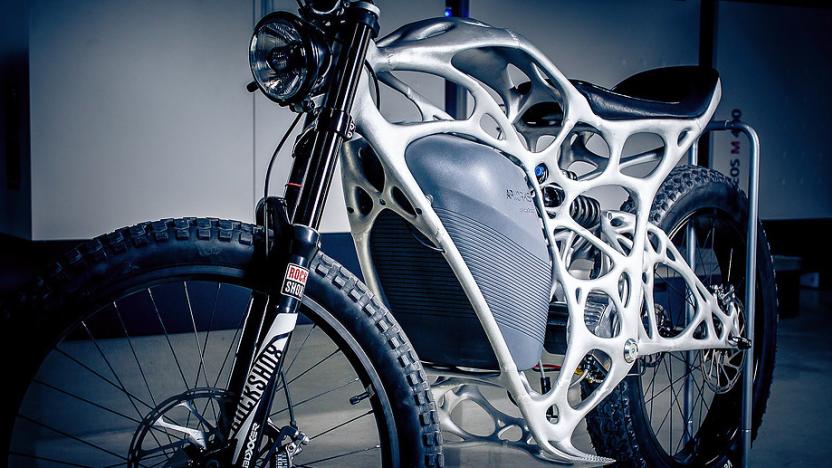
This freaky electric motorbike was 3D printed with metal powder
The Light Rider is an electric motorbike that weighs just 77 pounds and has a frame like an alien skeleton. Its creator, Airbus subsidiary APWorks, crafted the bike with 3D printing -- but it's not plastic. The hollow frame is aircraft-grade aluminum (this is Airbus, after all) and it takes shape via thousands of thin metal layers produced in a bed of metal powder.

Scientists stretch metal to make it stronger
You'd think that stretching metal would make it weaker, but just the opposite is true... on a very small scale. Researchers have developed a technique that pulls nanoscopic metal crystals to eliminate defects. By gently and repeatedly stretching the crystal, scientists move "dislocations" (rows of atom-level defects) to free surfaces, where they're ultimately forced out. The result is a metal that is considerably less likely to crack or otherwise fail over time.

Here's how 'flawless' materials break on a nanoscopic scale
Have you ever wondered why a supposedly defect-free material ends up cracking? University of Pennsylvania researchers have an answer. They've studied supposedly flawless materials (in this case, palladium nanowires) to see how they break on a nanoscopic level. As it turns out, these failures usually come down to atoms floating around when their bonds break, usually with little change in temperature. It's seemingly random, too, since the bonds vary widely from atom to atom. The scientists hope that identifying these weak points will help design devices that hold up under strain, even at the smallest possible level. Don't be surprised if you're one day using gadgets that are much more reliable, even at the smallest possible levels. [Image credit: VladKol/Shutterstock]

Liquid metal machines 'eat' in order to move
Robots typically rely on batteries to get power, but they may soon have to do little more than nibble on another material to start moving. Chinese researchers have developed simple liquid metal machines (not shown here) that zip around if they "eat" aluminum and other substances that produce electrochemical reactions. It's not possible to directly control their movement, but they closely mimic whatever space they're in -- you can propel them through channels, for instance.













